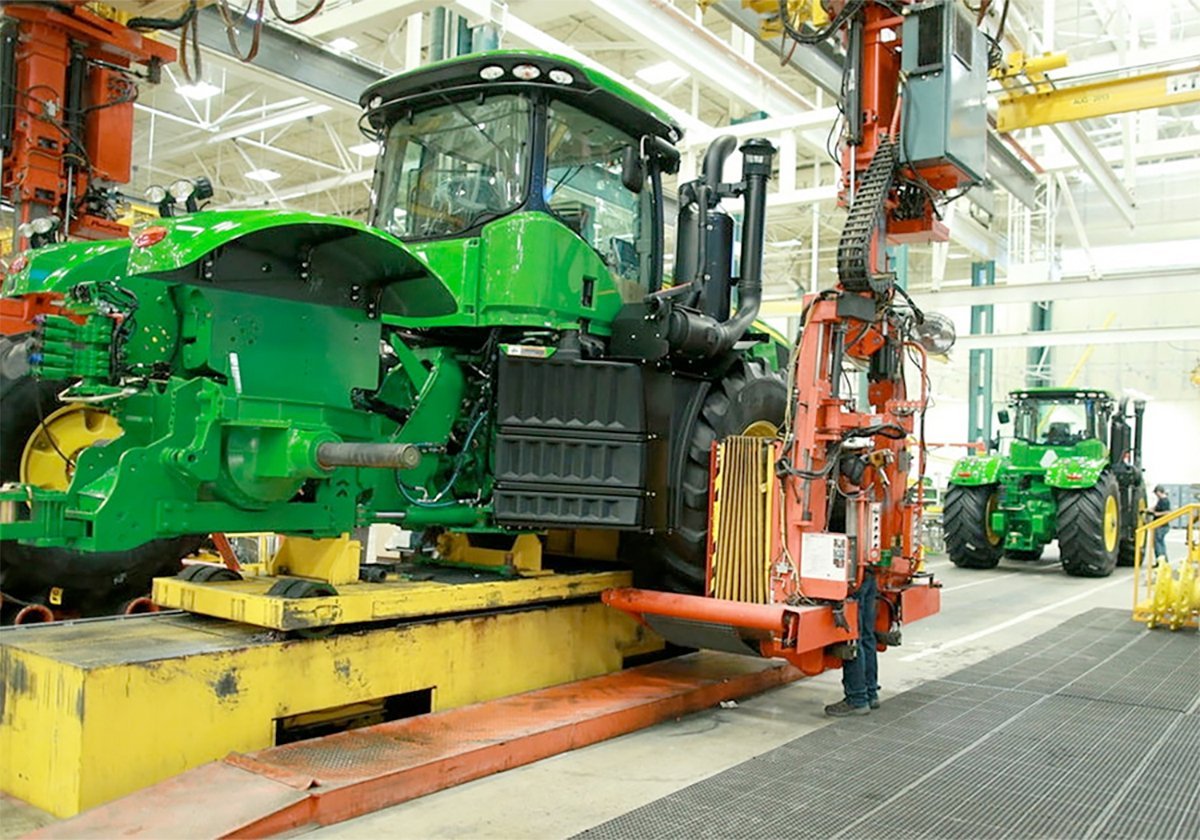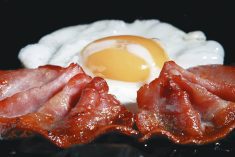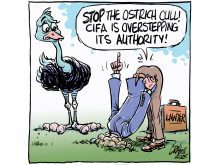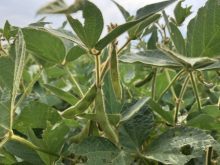Fall processing time is an ideal opportunity to consider culling problem cows.
In early fall, prices for beef cows are generally higher and calves are being weaned. The yearly cost to maintain that cow is at least $350 on the Prairies.
Failed reproduction is the biggest loss to the cow-calf operator, so timely pregnancy diagnosis by a veterinarian will produce considerable savings in feed costs. Producers’ profit is derived by pounds of beef sold. Open cows contribute nothing to that pool. Internal pelvic size can be assessed in heifers while palpating the cows.
Read Also

Trump’s trade policies take their toll on Canadian producers
U.S. trade policy as dictated by president Donald Trump is hurting Canadian farmers in a multitude of ways.
Other problems that should be watched for include:
- Internal infection in the abdomen, also called adhesions.
- Tumours.
- Infected kidneys.
- Freemartins, which are heifers born as the twin of a male calf. Ninety-five percent of the heifers in these cases will never breed.
- Later-bred cows.
If all calves are weaned together, these late-bred cows will wean smaller calves since their calves will be much younger. However, they may fit well into another producer’s program and could be sold as bred cows.
Since most herds average five to 10 percent open or late cows, pregnancy testing is a necessary part of a beef operation.
Many other conditions can be eliminated at the pass through the chute.
Cows with vaginal prolapses, arthritis, bad feet and poor udders (coke bottle teats or swing bags) should be marked out as well. Remember that vaginal prolapses are generally hereditary and it is not wise to keep female offspring from that cow.
Uterine prolapses, on the other hand, are not hereditary and the cow can be kept as long as it has rebred. The likelihood of her prolapsing the next year is no more likely than any other cow.
Cracks, long toes and other foot problems need culling or attention so the animals can be productive the following season. Again, some foot problems such as corkscrew claws and corns may be hereditary, so producers shouldn’t keep their daughters.
Poor udders with large teats or broken down suspensories should be closely scrutinized. These cows are more prone to mastitis.
Also, getting newborns to suckle on these large teats or low bags can be a formidable task in the spring, especially when a producer’s time is at a premium.
Temperament is a definite consideration when culling. I believe there are too many quiet cows in the world to justify keeping wild, hard to handle, or fence-crawling cows. Some cows of course are possessive at calving time, but culling should be considered if they endanger workers.
A scale is a valuable aid in selecting unproductive cows. Remember the age-old rule of cows weaning at least half their body weight.
Large cows need to wean larger calves to be profitable. Weighing calves at weaning and knowing the cow’s mature weights makes this decision easy.
Unproductive cows may be poor milkers or have an underlying disease that results in unthrifty calves. A mature cow with chronic diarrhea, especially if losing weight, is a likely candidate for Johne’s disease and is best to ship for slaughter immediately after the veterinarian makes the diagnosis.
Older cows will start to lose teeth at about 10 years of age, making it difficult to graze efficiently. Mouthing cows allows producers to estimate age and cull while salvage is still an option. Cows should have all eight front incisor teeth. If the neck is visible on the outside incisor, the cow is about nine years old.
Producers must keep a written record of potential culls during the year because memories fade by fall. The cow that almost did your wife in at spring calving cannot be forgotten about by fall culling.
There are also questionable potential culls that require a final decision during pregnancy checking time.
If the open or late rate is lower than expected, this is an ideal time to get rid of these borderline culls. This keeps herd sizes the same while eliminating problems. It is better to cull early and maintain good salvage value.
Taking these steps helps keep younger more productive cows in the herd. Producers cannot make these decisions without clear records. For that, proper identification tags must be maintained in cows and calves.
Get in the habit now of using the national identification tags in all cull cows and newborn calves as they are shipped to market.














